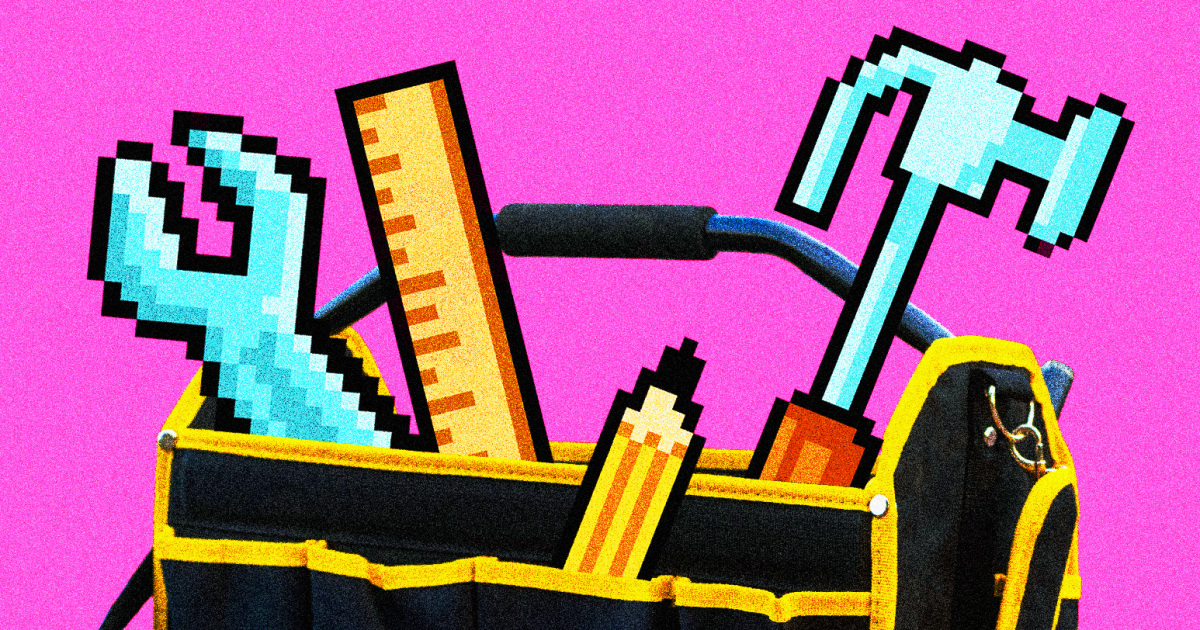Geoffrey Hinton’s Bold Call to Action: "Train to be a Plumber"
In a recent podcast, Geoffrey Hinton, renowned as the "Godfather of AI" and a Nobel Prize-winning computer scientist, made a resounding statement: “Train to be a plumber.” This seemingly simple advice carries a profound implication as we navigate the complex landscape of artificial intelligence and its impact on the job market.
The Vulnerability of White-Collar Jobs
Hinton’s message underscores a growing concern: that many jobs traditionally viewed as stable and lucrative, particularly in the white-collar sector, may soon be at risk due to AI advancements. He pointed out that roles like legal assistants and paralegals face a bleak future as technology evolves. “Plumbers are less at risk,” he noted, drawing attention to how manual labor and specialized trades offer a layer of job security that intellectual or clerical positions may lack.
The Resilience of Skilled Trades
Hinton is not alone in his assessment. Technologists and industry experts are increasingly pointing to the security offered by skilled trades. Manual labor jobs, such as roofing, dredging, and hazardous material removal, are seen as relatively safe from the encroachment of automation. The reasons are clear: these jobs entail physical tasks that require human judgment and adaptability, qualities that AI and robots currently struggle to replicate.
Tony Spagnoli, a director at North American Technician Excellence, emphasized this point: “AI can’t replace parts or make improvisational decisions.” The ability to physically install equipment and solve problems on the fly ensures that skilled tradespeople will still be in demand for the foreseeable future.
Predictions from the Bureau of Labor Statistics
The Bureau of Labor Statistics (BLS) echoes these sentiments, projecting significant growth in job openings across various trades. This forecast is particularly noteworthy given the stagnation in entry-level positions for college graduates. As the allure of white-collar roles diminishes, many people might find themselves turning to skilled trades as a more reliable career path.
The Hype Around AI Job Losses
Despite the pervasive narrative surrounding AI’s potential to displace workers, concrete evidence of job losses tied to AI remains scarce. Recent reports indicate that even software engineers—often thought to be highly vulnerable—have largely maintained their positions. Reports from Goldman Sachs suggest that 6-7% of the U.S. workforce could be at risk if AI is widely adopted. However, the firm also noted that the impact might be "transitory," as workers adapt and flock to new opportunities.
A Shift in Attitudes Among Generation Z
The uncertainty surrounding AI has prompted a shift in career aspirations, especially among Generation Z. A survey by the online platform Resume Builder revealed that 42% of Generation Z college graduates are currently working in or pursuing a skilled trade. This demographic is motivated by several factors, including the desire to evade student debt and the fear of being rendered obsolete by AI.
Stacie Haller, a chief career adviser at Resume Builder, reflected on this trend, noting, “Many are concerned about AI replacing traditional white-collar roles, while trade jobs offer hands-on work that’s difficult to automate.” These insights illustrate a revaluation of traditional career paths as people seek stability in uncertain times.
The Future of Blue-Collar Jobs: Challenges Ahead?
While the stability of blue-collar jobs appears promising, advances in robotics and automation pose potential threats. From humanoid machines to specialized robots, technological progress is inching closer to displacing even manual labor roles. Andrew Reece, chief AI scientist at BetterUP, highlights that while AI may start replacing entry-level jobs—like truck drivers—it will take longer to replicate complex, skilled work.
Experts agree that although robotic advancements are significant, we are far from a reality where machines can effectively replace humans in all facets of manual labor. Ken Goldberg, president of the Robot Learning Foundation, reassures us that the idea of humanoid robots overtaking the workforce is largely mythological at this stage.
The Human Element Remains Irreplaceable
Even with the rapid development of AI and robotics, there is a strong belief that the human element in trades and manual labor roles will endure. For example, the automotive industry may utilize AI for diagnostics, but the physical repairs and nuanced problem-solving will continue to rely on skilled technicians. “You’re still going to need someone to perform the physical action,” asserts Matt Shepanek from the National Institute for Automotive Service Excellence.
A Collaborative Future
As we gaze into the future, it’s clear that skilled trades and manual labor will continue to hold their ground. There is ample opportunity for tradespeople to collaborate with AI and robotics, utilizing technology as an enhancement rather than a replacement. This means that the intricate, hands-on work, which has been honed through years of practice, will always require a human touch.
In a rapidly changing job landscape, Hinton’s advice to “train to be a plumber” serves as a compelling reminder that sometimes, the most secure and fulfilling career paths are not the ones that fit traditional molds but those that embrace the unique, irreplaceable skills only humans can provide.

